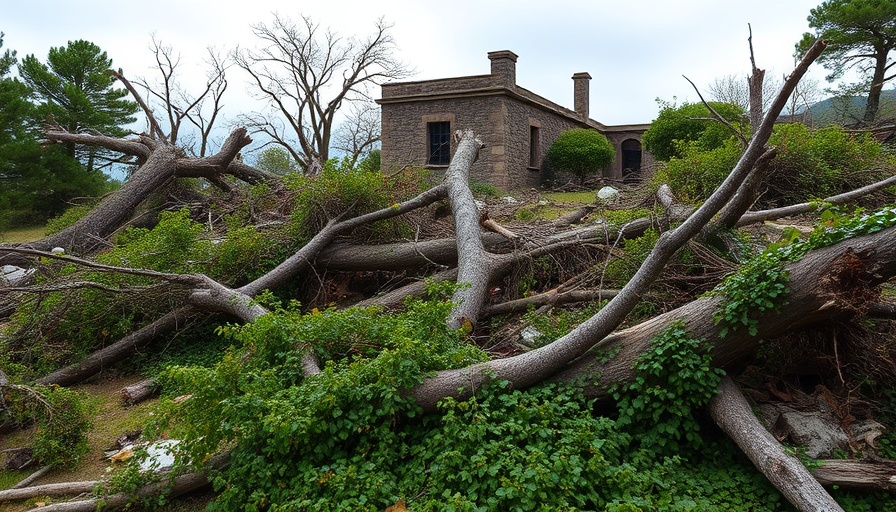
Unprecedented Rainfall: A Hidden Menace
The recent torrential downpours that swept through Central Texas have left a devastating impact, with at least 50 lives lost, primarily children from a summer camp. While meteorologists had issued warnings of potential flooding, few anticipated the sheer intensity and relentless nature of the rain. This tragic incident underscores a growing concern around climate change and extreme weather patterns.
Understanding the Mechanisms Behind the Storms
The storms that led to this catastrophic rainfall were fueled by intense moisture from the Gulf of Mexico, circulating like a pinwheel above Texas. Meteorologists highlighted a unique weather system that trapped and concentrated this moisture, leading to the extreme precipitation. As climate experts warn, such extreme weather events may become more commonplace, prompting urgent discussions about climate adaptation and preparedness.
The Human Toll: A Community in Mourning
The emotional aftermath of these floods is profound. Families in Texas are grappling with the loss of loved ones and the devastation of their communities. This event has not just resulted in physical loss but also emotional scars that will require long-term support and healing. Community initiatives and government responses become crucial as they strive to provide aid and rebuilding resources.
Comparative Context: Global Weather Patterns
Drawing a parallel, similar floods and storms have occurred in various parts of the globe, highlighting a disturbing trend in extreme weather conditions. From hurricanes in the Caribbean to typhoons in Asia, the incidents exhibit worrying patterns of rising temperatures and shifting weather systems. Observing these global phenomena may provide insights into what Central Texas, and other vulnerable regions, might expect moving forward.
Forecasting Future Weather Events
Looking forward, climate scientists assert that the frequencies of such extreme rainfall events could increase, necessitating improved forecasting systems. Technological advancements in meteorology aim to provide earlier warnings, better preparing communities to respond effectively. Such operational enhancements could be vital in mitigating the impact of future storms.
Community Resilience: Preparing for the Next Storm
As Texas grapples with recovery, the focus on resilience and preparedness must be prioritized. Communities are encouraged to engage in local planning that considers the increased likelihood of extreme weather events. By enhancing infrastructure and emergency response plans, Texas can better shield itself against future catastrophes.
This recent event serves as a poignant reminder of the unpredictable nature of our climate and the urgent need for collective action in response to these challenges. Further engagement in community resilience, climate education, and disaster preparedness can empower Texans and equip them for future events.
 Add Row
Add Row  Add
Add 




Write A Comment